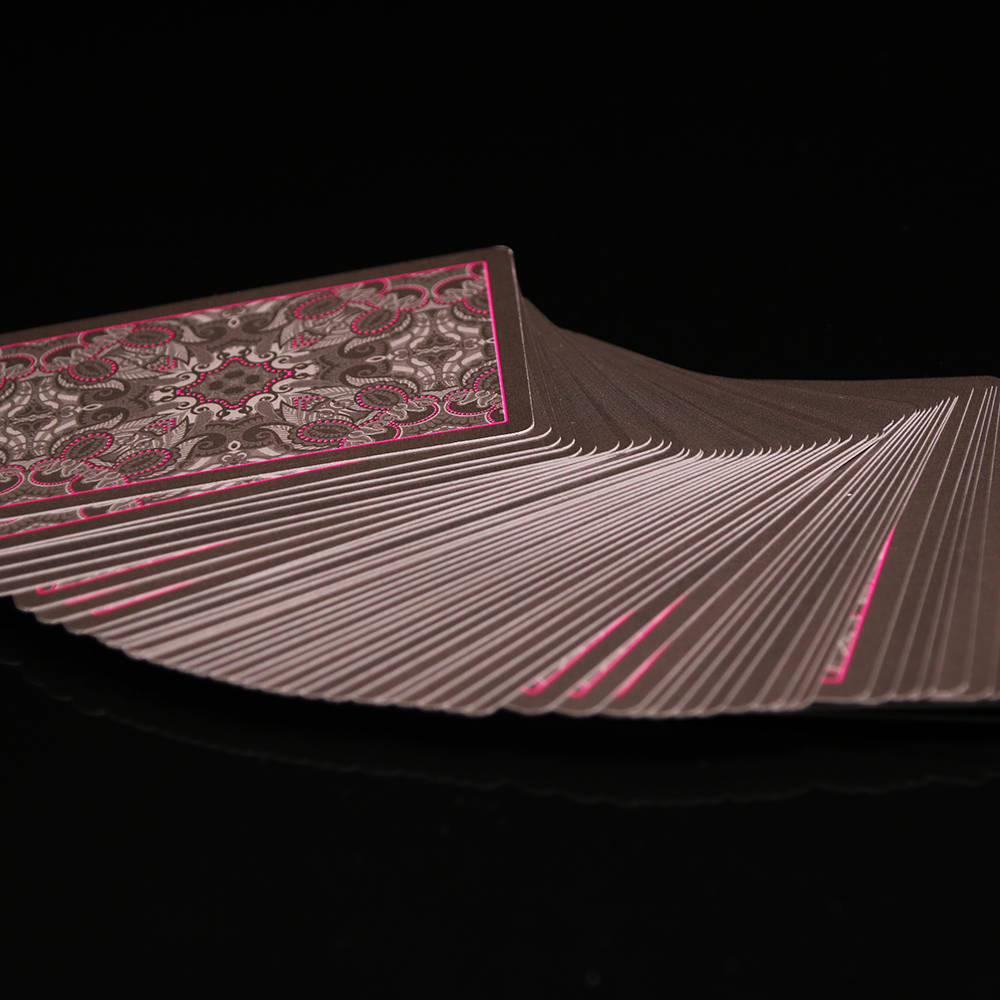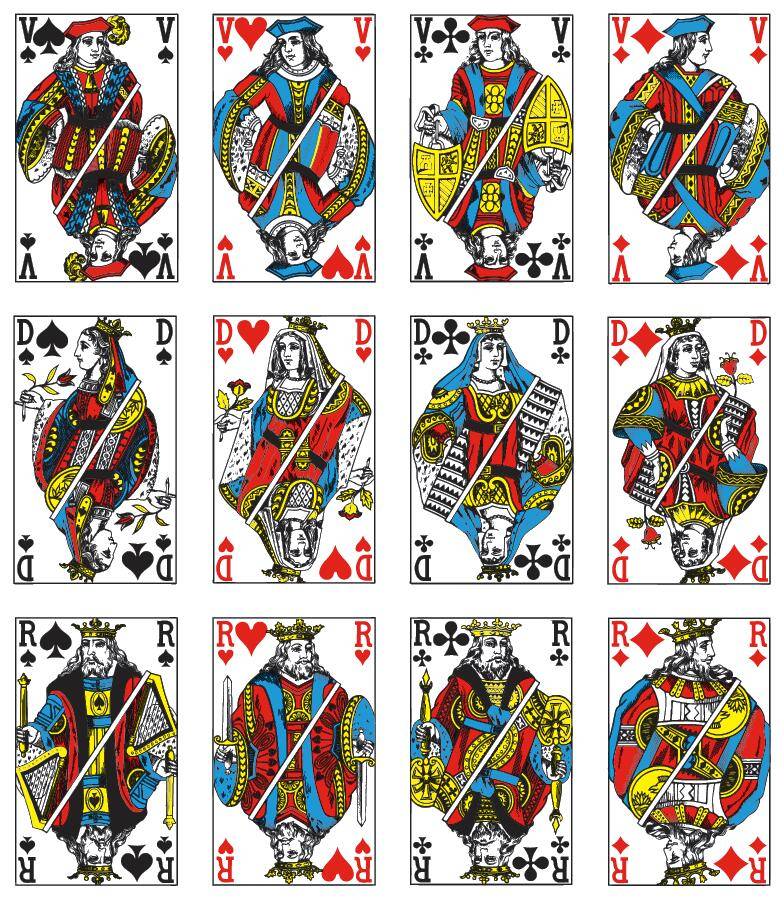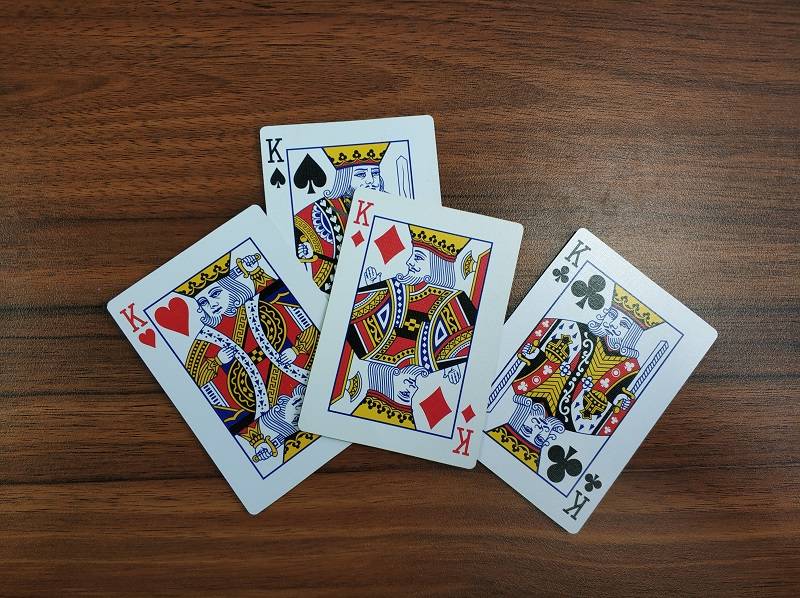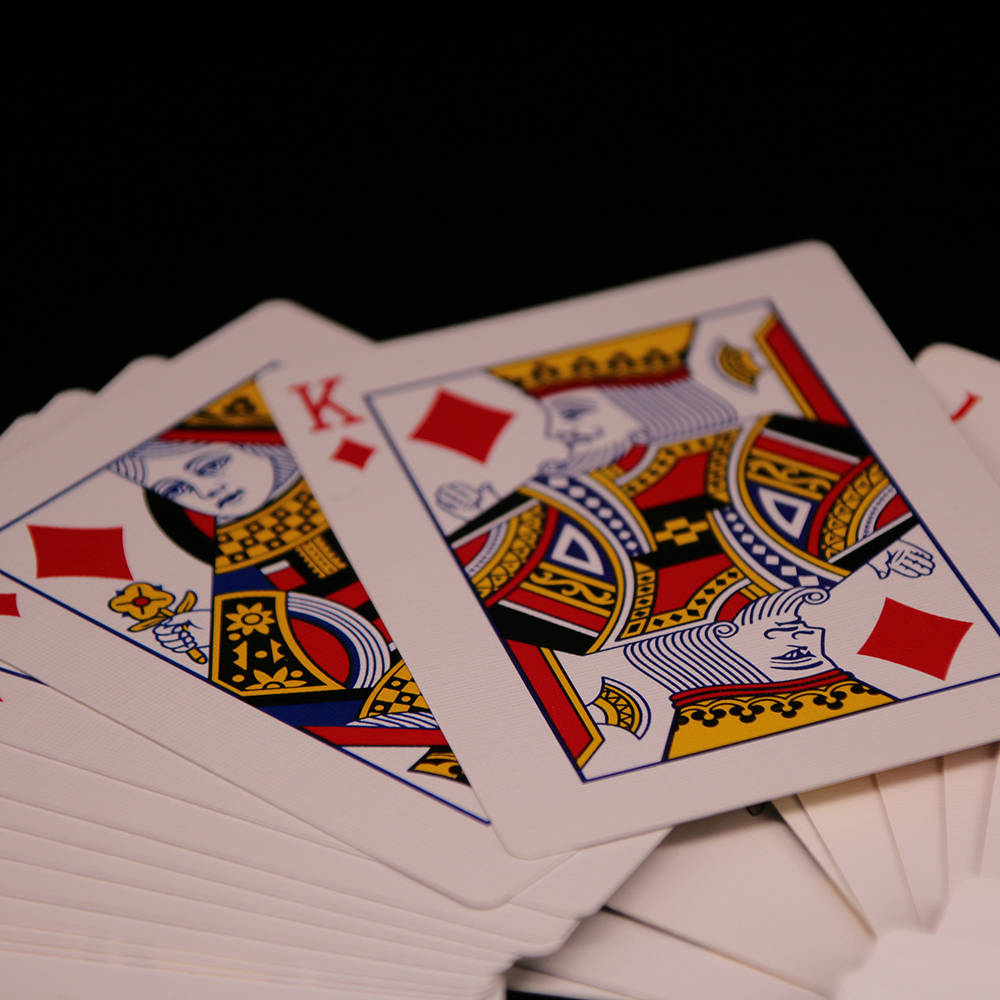Secrets of the playing cards.
A deck of playing cards may look simple, but hidden one of the pips, suits, figures and portraits are surprising secrets, most of which are centuries old. That box of pasteboards in bold, primary colors is among the most recognizable things on the planet, however the more we glance, the greater it appears like individuals cards are full of mystery. Cards are special things. Each deck is really a marvel of engineering, design and history, packed with secrets which have been whispered and distorted with every retelling. Listed here are 10 secrets in regards to a standard deck of playing cards which have been hiding in plain sight all of this time.
1. Snap
Fact: It's glue, not plastic, which makes playing cards “Snap”.
Contrary to public opinion, it's glue which makes playing cards snap, not plastic. Quality playing cards provide feel, spring and snap. The strain and elasticity is essential for that durability and feel of every card. But while cards have a plastic coating (usually dimpled, to provide some a slide), it's layers of glue that provide each card its backbone.
Each card is much like an Oreo, where laminated sheets of card board would be the cookies and glue may be the cream filling. The mixture supplies a strangely enough strong, thin and pliant sheet of paper ideal for a shuffle or perhaps a trick.
Bonus detail: The plastic surface around the paper doesn't completely enclose each card. The sheets of card board are laminated prior to the gluing process. You are able to spill a small amount of water on the middle for any couple of seconds without ruining the credit card, however, if the water will get towards the edge Destroyed. Water seeps in to the cards paper just like a sponge.
2. Back Design
Fact: There's two major types of backs, and that’s an issue to card workers, magicians and casinos. Most decks of cards feature a multitude of back designs. However the better, stronger decks are a little more simple. Usually toned with just one or two colors, they have symmetrical designs. There is a key feature that magicians search for: Borders. Will a card’s back design go completely towards the fringe of a card? Or what is the border? Without offering a lot of methods from the trade, each of individuals design options hide various things. Individuals different types of backs are also an issue for casino operators, who undergo tremendous expense to battle against cheats and scams. Suntree Printing doesn’t really discuss backs much with small quantity, but when a person includes a casino, the organization has plenty to market about what types of backs be more effective for various games.
3. Beveled Edge

Fact: Also an issue for workers: Cards have beveled, knife-formed edges. Stacks of cards are cut by very effective cutting machines with impressively strong blades. The device helps make the same up-and-lower cutting motion. That blade movement results in a beveled edge, where either the rear or face is slightly bigger. The direction of this bevel depends positioned on how they are facing when they're cut. That’s an issue for those who shuffle cards as a living-namely, magicians and sleight-of-hands artists. The knife edge helps cards weave together easier. Decks of cards made specifically for magicians will frequently make use of a traditional cut like a feature. For example: Magician Richard Turner, who's featured within the documentary “Dealt,” places unparalleled combination about this quality-he's a signature type of cards which include a particular cut.
4.French suit

Fact: The suits and face cards are French in origin. The origin of playing cards expires for debate. It’s believed that they originated from China around ninth century. Through the fourteenth century, cards had spread across Europe, roughly modeled after Italian tarocchi decks (still being used as tarot cards for fortune telling). Several Countries in europe had their very own suits: Germany used hearts, leaves, bells and acorns, and The country used coins, cups, swords and cudgels. In France They suits of spades, hearts, clubs and diamonds, however, stuck due to their geometric simplicity, solid color and easy printing. In France They are the ones who reduced a legal court cards from four per suit to three.
5. Depressed King

Fact: The suicide king isn't committing suicide. Seriously, who commits suicide by ramming a sword within their ear? Poor Charlemagne, also known as Charles (allegedly). The knife may look firmly implanted in his head, but that's another situation of bad printing. Today's designs originate from models created in 1565 by Pierre Marechal in Rouen. Initially, Charles was charging into action, his sword elevated and able to strike. However, commonplace in individuals designs were the way the crowns were attracted flush from the border. Since there wasn't much space over the mind, the sword arm got smooshed down—thus giving him today's painful portrayal.
6. One eye King

Fact: There's additionally a one-eyed king, and he’s not grabbing his weapon. The one-eyed jacks get all of the attention. Nobody is having to pay focus on the main one-eyed king. They aren’t really one-eyed, of course, they are portrayed in profile, searching squarely within their selected direction, looking in their favorite feather or whatever that factor the Jack of Spades is holding. (Seriously: What's that?) As the other three Kings are proven in the front, the King of Diamonds, also referred to as Caesar, is searching aside. Also interesting to notice is the fact that in which the other three nobleman have firm grips on their own swords, Caesar’s axe is behind him, clearly not in the open palm. An e-casino stated gamblers realize that the king isn't really a king, however a god. In Norse mythology, Odin sacrificed his eye to understand the key from the runes. His selected weapon resembles Odin’s spear, and he’s not holding it such as the other kings—he’s using his godly forces so the axe is able to strike in the twitch of the finger.